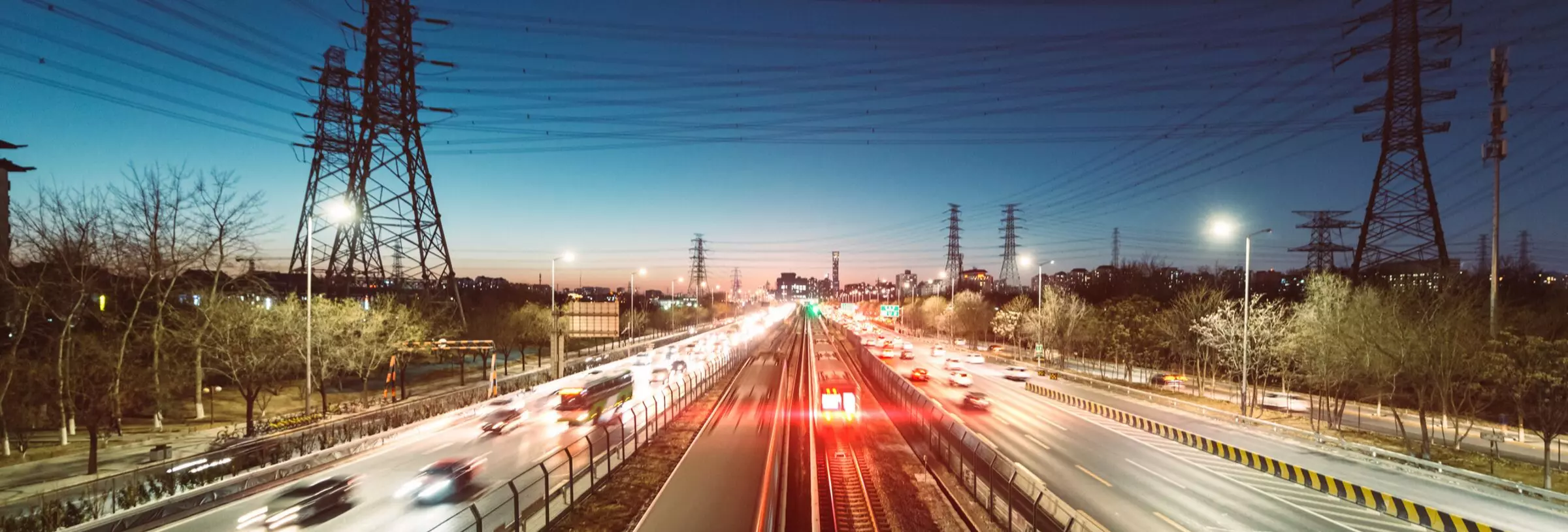Earlier this week, in an unpublished decision (pdf), the Ninth Circuit affirmed the denial of compensation for construction that altered a point of access to an existing business. (Wardany v. City of San Jacinto (9th Cir. 2013) 2013 U.S. App. LEXIS 3463.)
For those readers who never forget a post, you probably recall that we discussed the district court's decision a couple of years ago. (See Brad Kuhn's June 1, 2011 Blog Post.) For the rest of us mortals, here is a quick summary. The property owner operated a "One Stop Market" that vehicle traffic could access via a right or left turn. After the construction of the center median, however, the left turn in and out was eliminated. The owner claimed that the center median diverted traffic away from his business, resulting in a 55% decline in sales. The district court held that the construction did not rise to the level of a regulatory taking because the property was not deprived of all economically viable use, and the access impairment was not compensable because the evidence failed to establish that ingress or egress from the property was "completely obstructed."
The Ninth Circuit disposed of the property owner's appeal in relatively short order. As for the property owner's procedural due process claim, the Ninth Circuit stated that the owner "has no legally protected interest in any particular level of accessibility to the street in front of his store, let alone continuous, unrestricted and unmodified access[,]" and therefore the fact that he did not receive notice of the construction could not amount to a violation of his constitutionally protected rights. The Ninth Circuit similarly dismissed the property owner's equal protection, retaliation, and establishment clause claims. Finally, the Ninth Circuit dismissed the inverse condemnation claim, noting that the test under federal and state law is practically identical, and the California Supreme Court has expressly rejected an inverse claim on similar facts.
While the Ninth Circuit decision is unpublished, and therefore not technically precedent, because of a rule change in 2006, the decision can be cited to all federal district courts in the Ninth Circuit. Accordingly, given the language in the decision - e.g., that a property owner has no legally protected interest in any particular level of accessibility - a property owner with an access impairment issue should give serious thought to the ramifications of alleging a federal due process or equal protection claim in conjunction with an inverse claim in a state court pleading, as the due process and equal protection claim could result in the removal of the action to federal court. In which case, the agency would no doubt point the district court to this decision and its broad pronouncements.
- Partner
Ben Rubin is chair of Nossaman’s Environment & Land Use Group. Ben assists developers, public agencies, landowners and corporate clients on a variety of complex land use and environmental matters. He counsels clients on matters ...
Eminent Domain Report is a one-stop resource for everything new and noteworthy in eminent domain. We cover all aspects of eminent domain, including condemnation, inverse condemnation and regulatory takings. We also keep track of current cases, project announcements, budget issues, legislative reform efforts and report on all major eminent domain conferences and seminars in the United States.
Stay Connected
 RSS Feed
RSS Feed
Categories
- Administration
- Appraisal
- California
- CLIMATE CHANGE
- CONGRESS
- Construction
- Court Decisions
- EPA
- Events
- Goodwill
- GOVERNMENT ADMINISTRATION
- Inverse Condemnation & Regulatory Takings
- Lawsuit
- New Legislation
- Possession
- Projects
- Public Agency Law
- Publications
- Redevelopment
- Regulatory Reform and Proposed Rules
- Right to Take
- Right-of-Way
- Seminars
- Speaking Engagements and Presentations
- trial
- Valuation
- Videos
- Water

